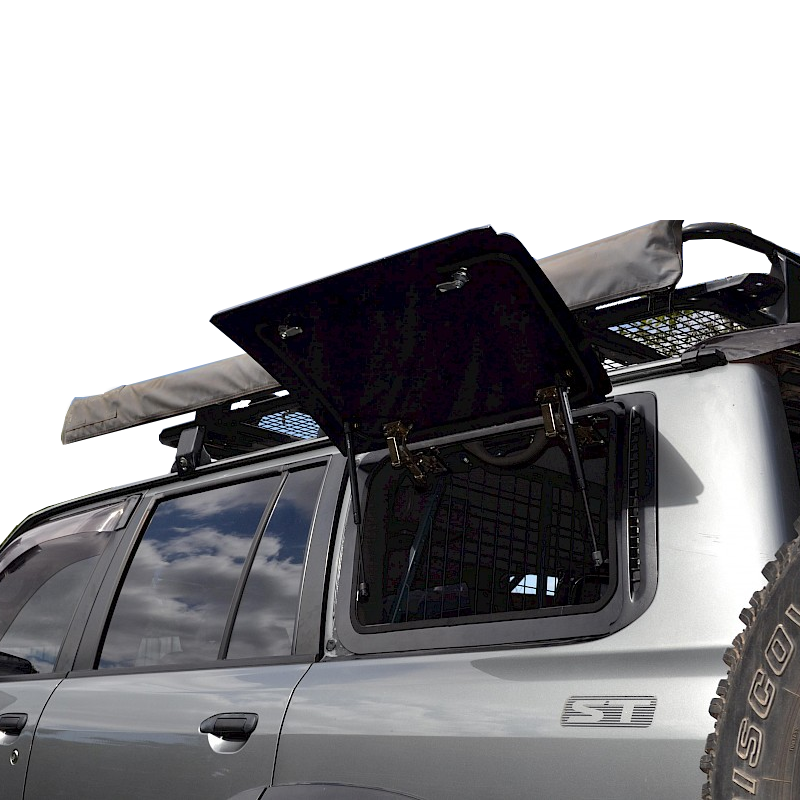Not all sand pegs are created equal!
Check out any packing list for a camping trip and you’ll probably see “tent pegs” written somewhere. Makes sense, right? Well no, not really. It’s great in principle but there’s one detail missing – what kind of tent pegs? That wouldn’t have mattered 30 years ago, when you asked for tent pegs and got handed a bag of steel rods with hooks at one end, but it does now. There are all sorts of different pegs on the market and you need to make sure you’re carrying the right ones.
All tent pegs are designed to do the same job; they’re basically small ground anchors that give you a secure point to fix something to. Usually that’s the guy rope of a tent but it could be a corner of the groundsheet, the end of a washing line or the dog’s lead. You ram them into the ground and you can tie stuff to the top of them. Simple – except it isn’t. As any camper knows, some kinds of ground just don’t like tent pegs. There’s no such thing as a peg that works everywhere.
The easiest kind of ground to deal with is firm soil that’s not too wet, not too dry. Here, the simple steel pegs that probably came with your tent will do just fine. They’ll go in easily, pull out easily and give you a good firm hold. Standard screw-in plastic pegs work well too.
Hard, dry or rocky ground is a bit tougher. A lot of standard pegs will bend or break here – either trying to pound them into baked soil, or when they hit a buried stone. Your best option is some heavy-duty screws, like the Peggy Peg aluminium ones. Both plastic and metal Peggies can be hammered, or driven in with a Peggy wrench or even a power drill, which is ideal when the ground’s really hard. Use the same tool to screw them out again when you’re done. You can also use them to fasten anchor plates – ideal for very large tents or awnings, or for mooring boats or jet skis.
If you want a real nightmare, though, soft ground is it. Mud, sand or snow all seem to have a personal grudge against tent pegs. They go in easily enough, but then they come straight back out again. With mud you might be able to get them through the slop and into firmer ground beneath, but it’s messy and there’s no guarantee. The ground below snow is often frozen. As for sand, forget it. There are various alternatives to pegs for soft ground – filling a sandbag and tying the guy line or whatever to that is one – but none of them are ideal. That’s why we were pretty excited when Bluescrew sand pegs came out. These are screw-in anchors with extra-wide threading, so they’ll grip in the softest ground – even snow or sand below the waterline. The only problem with them is they’re no good for firm ground – you can screw them in easily enough, but good luck getting them out again.
Australia has some of the most varied terrain in the world, so if you want to be able to set up camp wherever you go you’ll need the right pegs. That means carrying a selection with you, because like we said, there’s no such thing as a peg that works everywhere. They don’t take up a lot of space though, so you can carry both PeggyPeg and Bluescrew ones; one of them’s bound to work.







